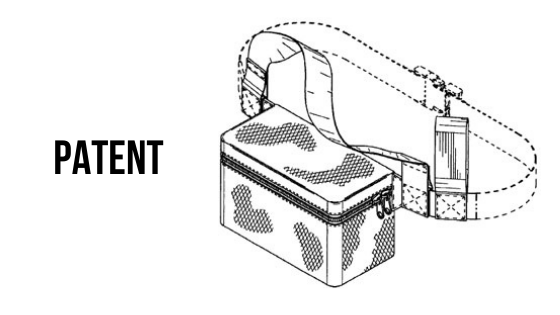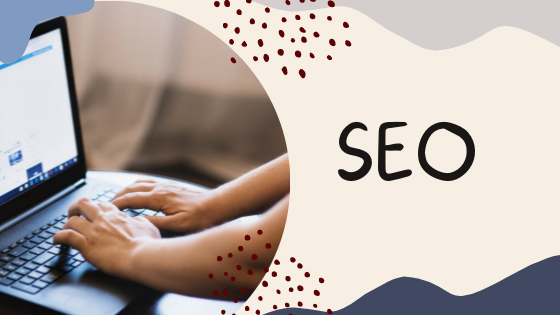Every patent attorney informs their clients about the filing deadlines for patent applications on a regular basis. These deadlines are complicated because they differ by country.
If an inventor violates confidentiality by showing the invention to someone who is not bound by confidentiality, the inventor will lose his or her right to obtain a patent in Europe. Only in exchange for the disclosure of a secret do the Europeans grant a patent.
If someone else discovers the secret in Canada, it is too late to file a patent, just as it is in Europe. However, in a unique Canadian arrangement, if the inventor or someone who learned of the invention from the inventor discloses the secret to someone on a nonconfidential basis, i.e. makes the invention available to the public in any way, a one-year grace period for filing an application will begin as explained on https://techpresident.com/inventhelp-patent-attorneys-can-help-your-business/.
For example, if a product incorporating a previously confidential invention was shipped as a surprise to a customer on November 29, 2005, November 29, 2006 will mark the first time that someone outside the inventor’s circle of confidence had access to the invention. As a result, an application filed in Canada before or on November 29, 2006 will be considered timely in Canada.

What happens in Canada, or anywhere else outside the United States for that matter, does not count in the United States under current law (which could change in the next two or so years). The description of the invention in a printed publication is the only worldwide disclosure that counts in the United States. (Electronic publications are now included in the definition of “printed publication.”) This marks the beginning of a one-year window for filing an application in the United States. If the invention is offered for sale or used publicly in the United States, the same one-year deadline applies. As a result, activities in Canada that are not reduced to a printed/electronic publication have no bearing on the patentability of an invention.
It is important to note, however, that under US law, it makes no difference who discloses the invention through a printed publication anywhere in the world, or through an offer for sale or public use in the US. Once this occurs, a one-year deadline for filing an application in the United States is established.
Of course, the applicant inventor must be the first inventor under US law. As a result, if someone else invents the same invention before you, you won’t be able to get a patent once the truth is revealed. And, if the other inventor is not a true first inventor, but publishes the invention in any of the above-mentioned ways, it will be considered a true first inventor after a year.
That is my latest attempt to summarize the facts. It’s not easy to understand on a first reading. Nor is it easy to ride a bicycle the first time you try. But once you know how, it is easy. You can continue reading on https://glamourbuff.com/business/patent-service-inventhelp/.



